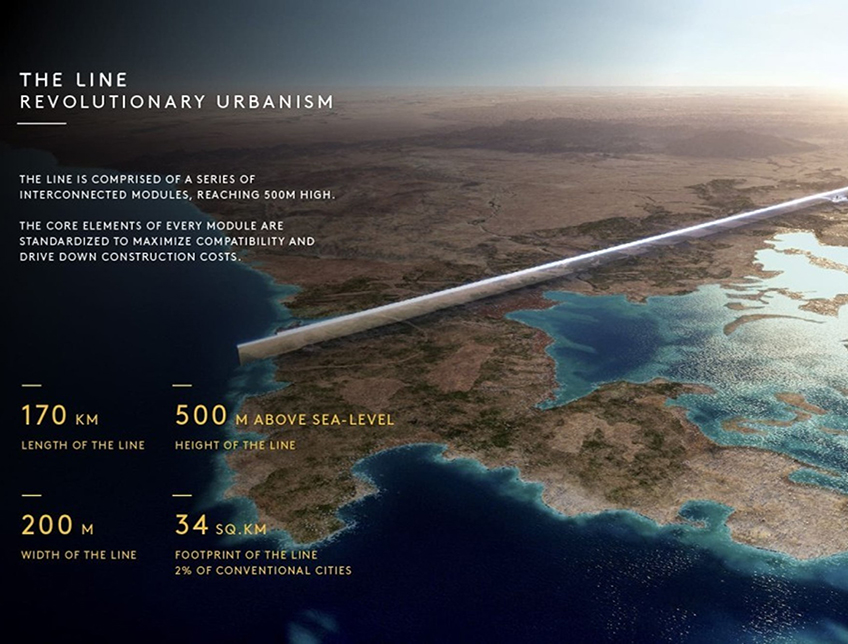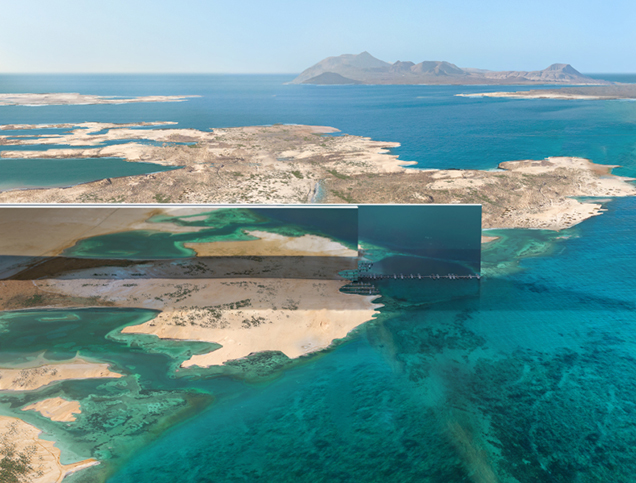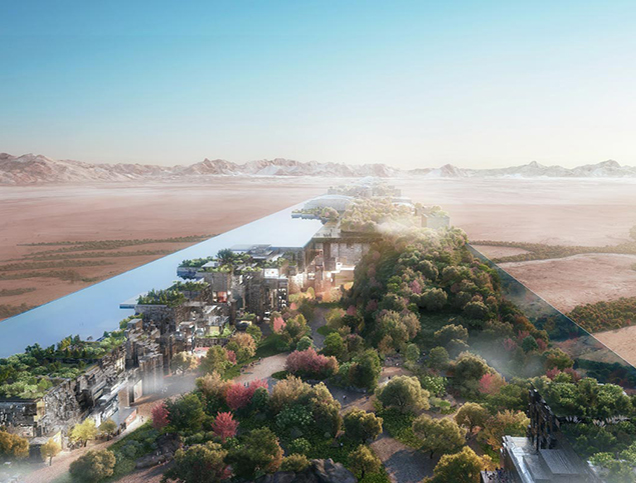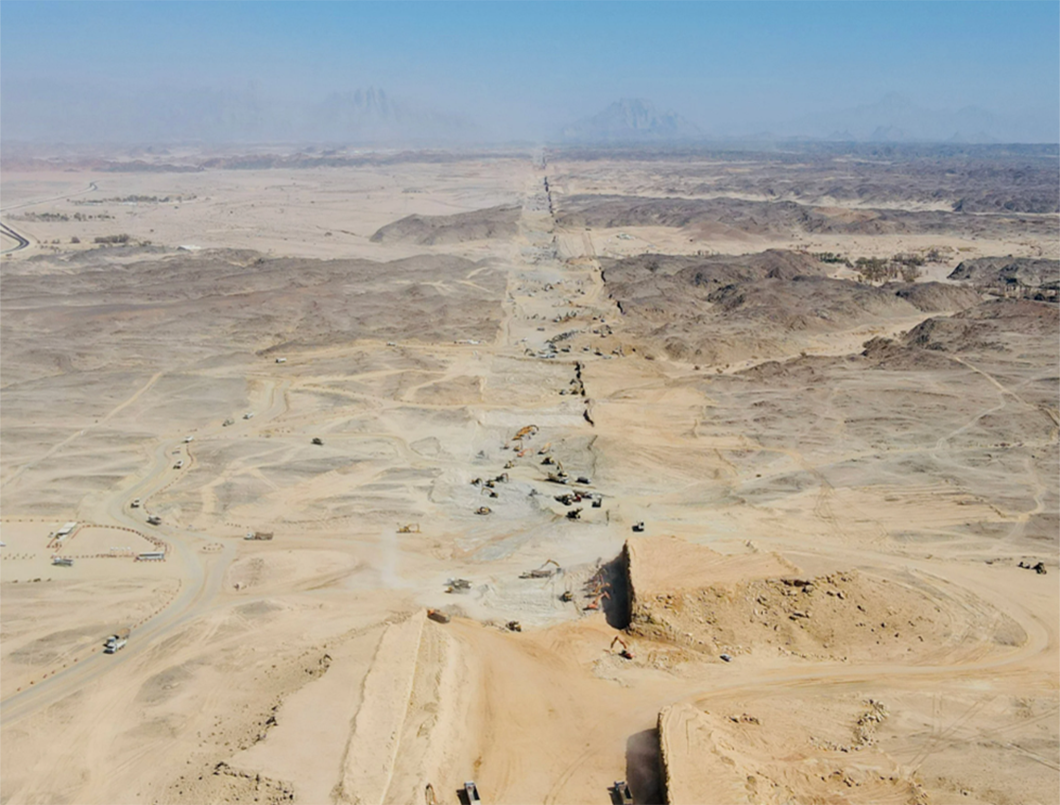
Close
responsive-lightbox domain was triggered too early. This is usually an indicator for some code in the plugin or theme running too early. Translations should be loaded at the init action or later. Please see Debugging in WordPress for more information. (This message was added in version 6.7.0.) in /home/kiju52ce/public_html/development/wp-includes/functions.php on line 6114updraftplus domain was triggered too early. This is usually an indicator for some code in the plugin or theme running too early. Translations should be loaded at the init action or later. Please see Debugging in WordPress for more information. (This message was added in version 6.7.0.) in /home/kiju52ce/public_html/development/wp-includes/functions.php on line 6114
Approach Words: Linear City, Smart City, Sustainability
Public Policy Instruments: Financial Mechanism, Organization, Physical Intervention, Planning
The Line is a 170-kilometer linear city under construction in NEOM, Saudi Arabia1. This ‘futuristic’, ‘human-centric’ megacity aims to revolutionize urban living by eliminating cars, streets, and carbon emissions, focusing instead on sustainable and pedestrian-friendly designs2. Launched in 2021 by Saudi Crown Prince Mohammed bin Salman, The Line is a key component of the Kingdom’s Vision 2030 as a pioneering development in urban sustainability and a step towards a carbon-neutral future3 i .
The city is designed to stretch from the Red Sea to approximately the city of Tabuk4. Its structure comprises two mirrored buildings with a 200-meter width and 500-meter height, interspersed with open spaces, making nature accessible to residents within a 4 min walk5. They are divided into 135 interconnected modules, each 800 meters long and designed to house up to 80,000 people in a mixed-use environment6, ensuring 2 min uninterrupted access to nature and 5 min walk to all amenities7.

Title: Location and key aspects of THE LINE.
Source: Click Here

Title: 3D aerial visualization of THE LINE.
Source: Click Here

Title: Aerial rendering of the interior of THE LINE.
Source: Click Here

Title: THE LINE earthworks.
Source: Click Here
The city will feature three layers: one on the surface for pedestrians, one underground for infrastructure, and another for transportation8. A high-speed rail connects all modules and will traverse the city with an end-to-end transit of 20 minutes9. Artificial intelligence will monitor the city to improve daily life, with residents contributing data to the system10.
The Line is designed to house around nine million residents on a footprint of 34 square kilometers, making it significantly denser than the most densely populated cities currently across the world11 ii. In turn, this allows the conservation of 95% of NEOM’s land as a natural reserve, in line with Saudi Arabia’s sustainability goals12. A notable aspect of the project is the marina, which is set to host the world’s largest cruise ships13.



Contractor/Implementer
Notably, the city will operate 100% on renewable energy, including its industries, exemplifying the commitment to zero-carbon14. According to the Saudi government, the project will create 460,000 jobs, contribute $48 billion to the GDP, and enhance economic diversification15.
The project was announced by NEOM, a wholly-owned company by the Public Investment Fund, in January 202116. According to architectural magazine dezeen, The Line is designed by multiple architecture studios including Morphosis and Cook Haffner Architecture Platform 17. Keller is among nine contractors engaged for The Line’s foundations, alongside companies such as Al-Osais, Bachy Soletanche, Bauer, Huta, NSCC, PowerChina, Saudi Baytur, and Trevi18. UK-based Atkins and two US firms, Jacobs and Parsons – are working with Neom as delivery partners19.
Excavation work had started along the entire length of the project by October 202220. The first modules of The Line will also be activated in 2026 21, and by 2030, approximately one million people are expected to be residents in the project. The number is expected to rise to nine million by 204522.
Project Link
Endnotes
References